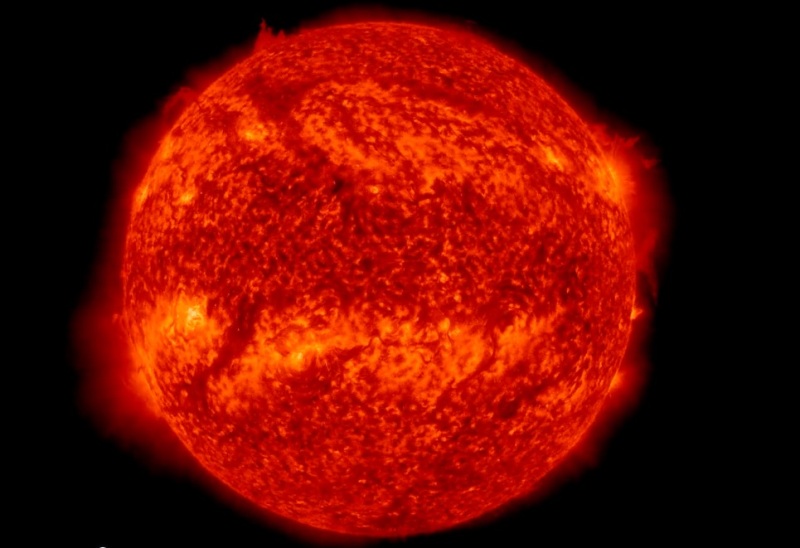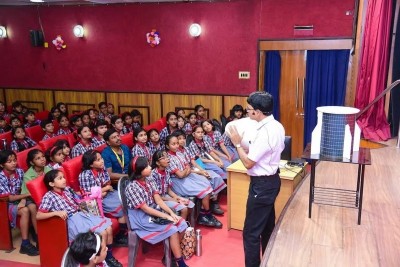 The Sun
The Sun
Huge piece of Sun breaks off, leaves scientific community stunned
A new development in the Sun has left scientists baffled as they found out that a huge part of its surface has broken off.
The phenomenon has created a tornado-like swirl around its North Pole.
Though scientists are trying to analyse how this occurred, the video of the development has stunned the space community.
The remarkable phenomenon was caught by NASA's James Webb telescope and shared on Twitter by Dr Tamitha Skov, a space weather forecaster, last week.
The Sun keeps emitting solar flares (called prominence) that sometimes affect communications on Earth, making scientists more concerned about the latest development.
"Talk about Polar Vortex! Material from a northern prominence just broke away from the main filament & is now circulating in a massive polar vortex around the north pole of our Star. Implications for understanding the Sun's atmospheric dynamics above 55 degrees here cannot be overstated!" Dr Skov said in a tweet last week.
Talk about Polar Vortex! Material from a northern prominence just broke away from the main filament & is now circulating in a massive polar vortex around the north pole of our Star. Implications for understanding the Sun's atmospheric dynamics above 55° here cannot be overstated! pic.twitter.com/1SKhunaXvP
— Dr. Tamitha Skov (@TamithaSkov) February 2, 2023
According to NASA, the prominence is a large bright feature extending outward from the Sun's surface. There have been several such instances in the past but this one has stumped the scientific community.
"More observations of the #SolarPolarVortex reveal it took roughly 8 hours for material to circumnavigate the pole at approximately 60 degree latitude. This means an upper bound in the estimation of horizontal wind speed in this event is 96 kilometers per second or 60 miles a second!" Dr Skov said in a subsequent tweet.
Support Our Journalism
We cannot do without you.. your contribution supports unbiased journalism
IBNS is not driven by any ism- not wokeism, not racism, not skewed secularism, not hyper right-wing or left liberal ideals, nor by any hardline religious beliefs or hyper nationalism. We want to serve you good old objective news, as they are. We do not judge or preach. We let people decide for themselves. We only try to present factual and well-sourced news.







